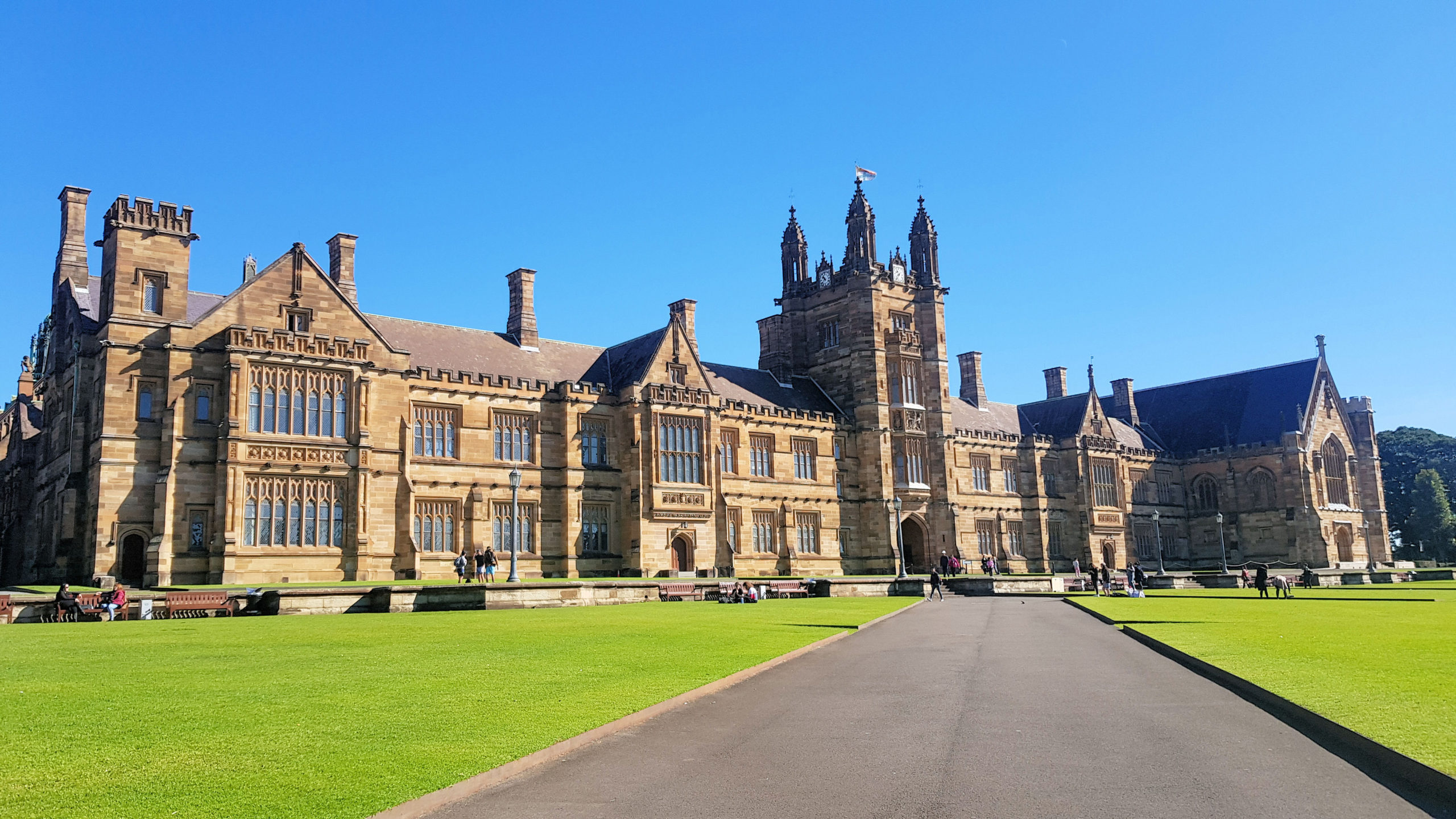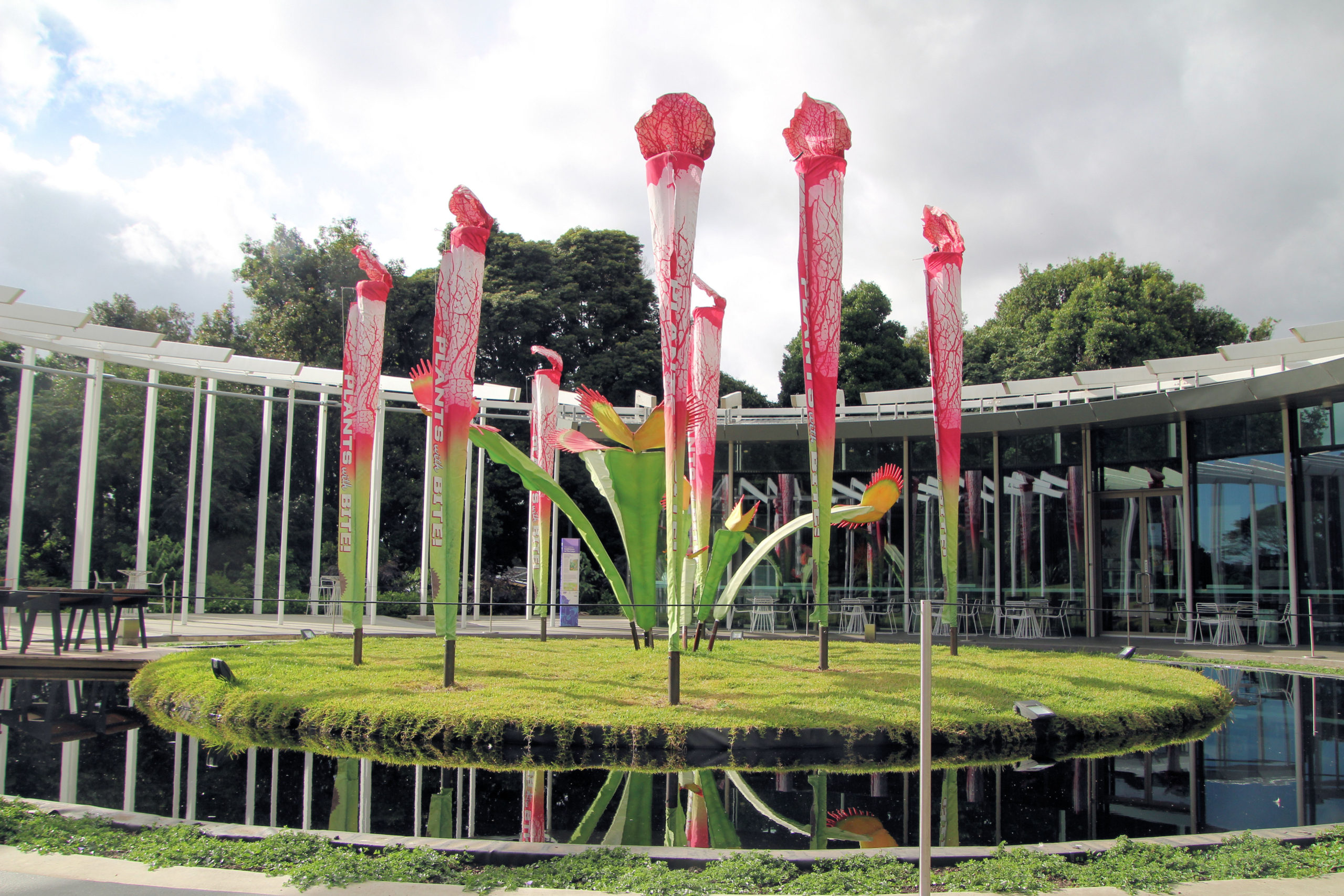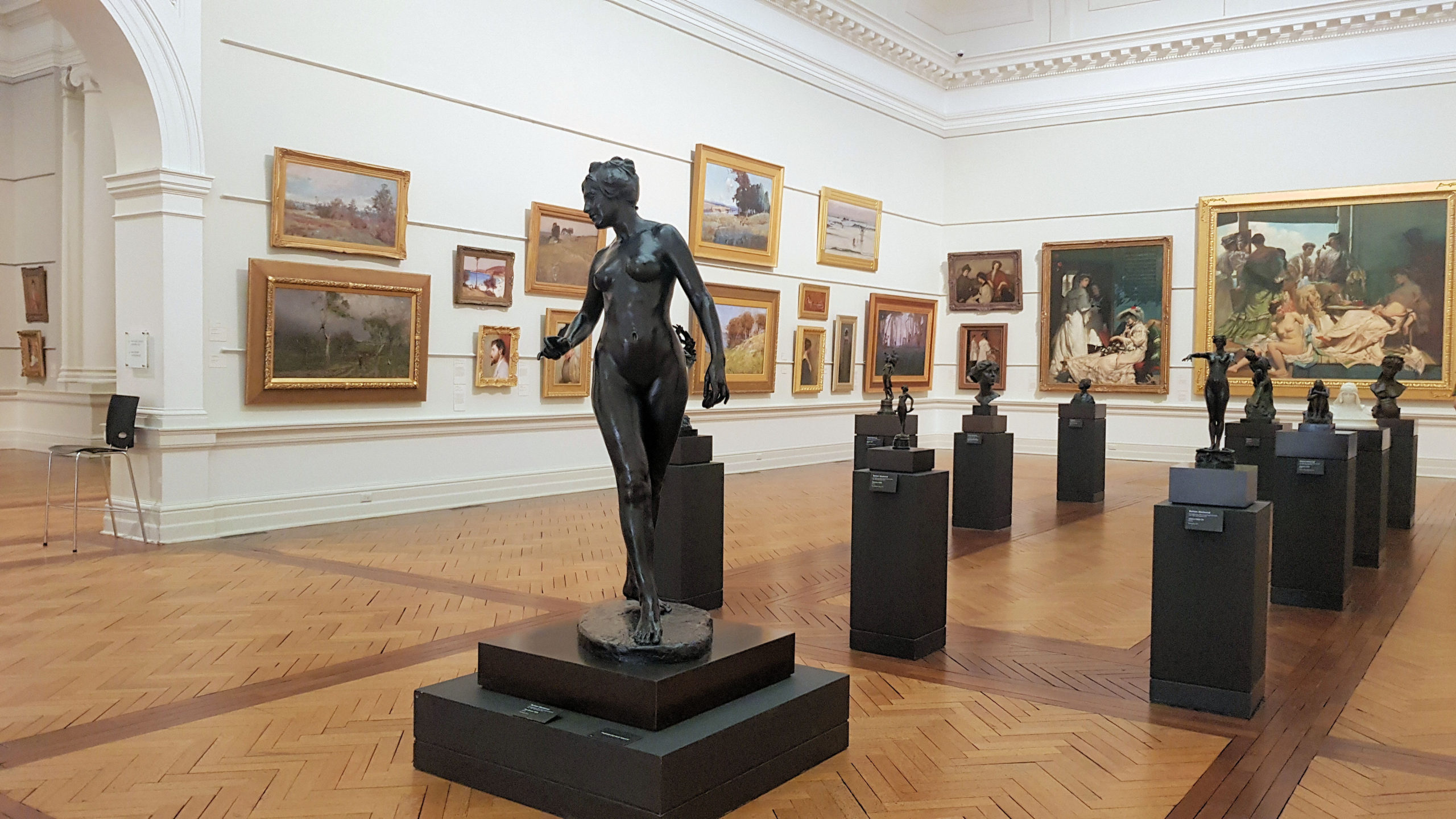Tag: Sydney
-
Sydney University

Large enough to have its own postcode, Sydney University contains buildings dating from the mid-1800s. Built from Sydney sandstone, these wonderful buildings are Neo-Gothic designs and look magnificent. Walking through the grounds is relaxing and the atmosphere is casual, with many places to stop, sit down and relax. The Quadrangle and Clock Tower, next to… Read more
-
Royal Botanic Garden Sydney Australia

Royal Botanic Garden Established in 1816, the Royal Botanic Garden covers 30 hectares and has over 27,000 plants, right in the middle of Sydney’s CBD. With landmarks like Sydney Harbor and the Opera House as its neighbours, it is in the perfect setting. Getting there is easy, with Circular Quay only a five-minute walk away… Read more
-
Art Gallery of New South Wales

Art Gallery of New South Wales Located in the Domain, the Art Gallery of New South Wales opened in 1885 with two picture galleries. Over time additional wings and a foyer expanded the building to its current size. Entry is free to the general collection, although entry to any special events or exhibitions is not.… Read more